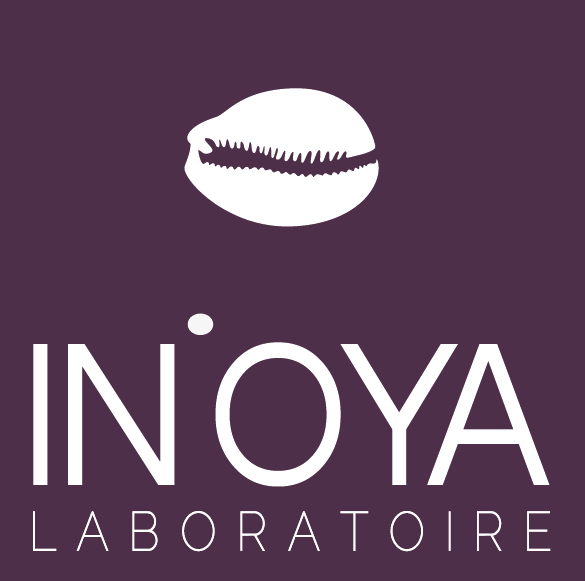Pigmented skin is not a homogeneous group. The skin characteristics of African, Caribbean, and North African populations influence how they respond to external aggressions, skincare, and imbalances like dark spots or dryness.
Too often, cosmetics overlook these subtleties. Yet understanding them is essential to choose truly appropriate skincare.
According to the British Journal of Dermatology, “structure, melanin density, lipid composition, and inflammatory reactivity vary by ethnic origin.”
Discover the causes of hyperpigmentation by phototype
One thing in common: melanin
African, Caribbean, and North African skin contains more melanin—mainly eumelanin, which is denser and darker. This provides better UV protection, but also increases the risk of post-inflammatory hyperpigmentation (PIH).
Key point: even minor inflammation (like a pimple or friction) can leave a lasting dark spot—especially without adequate sun protection.
SUN’OYA® SPF 50 Sun Fluid is designed for pigmented skin.
Specificities of each skin type
African skin: thick, yet prone to dryness
- Features: dense epidermis, tight pores, uneven skin texture.
- Tendencies: dehydration, inflammatory pimples, keratosis pilaris.
- Needs: intense hydration and spot correction.
Caribbean skin: combination to oily, climate-sensitive
- Features: hydration varies, frequent shine, hormonal acne.
- Tendencies: enlarged pores, excess sebum, spots on cheeks or chin.
- Needs: sebum regulation + blemish treatment.
The “I treat my spots and breakouts” routine is ideal.
North African skin: thin, reactive, hormonally sensitive
- Features: olive to golden tone, finer skin, often combination type.
- Tendencies: hormonal spots (melasma), localized dryness, reactivity.
- Needs: soothing, radiance, gentle unifying care.
The “I treat my spots – sensitive skin” pack is recommended.
Why do these differences exist?
According to the Skin of Color Society, these skin variations are evolutionary adaptations to climate and UV exposure.
- Cosmetic active absorption varies
- Skin reactivity to treatments differs
- The risk of post-treatment rebound is higher
The right care for the right profile
- Oily Caribbean skin has different needs than dry Sahelian skin.
- Protocols must balance effectiveness and gentleness to avoid inflammation.
IN’OYA’s skincare is based on clinical studies on pigmented skin, validated by dermatologists.
Diagnosis & testimonials: your best allies
- Use our online skin diagnosis for personalized recommendations.
- Testimonials: reduced spots, even skin tone, fewer imperfections.
In summary
- All pigmented skin types share high melanin content, but their needs differ.
- African, Caribbean, and North African skin each have unique sensitivities.
- A targeted routine helps unify, protect, and reveal every skin’s natural glow.
Sources
- Berardesca E. et al., Br J Dermatol, 2014.
- Skin of Color Society, 2021.
- Alexis AF, J Clin Aesthet Dermatol, 2020.
- Grimes PE, Dermatol Clin, 2003.


